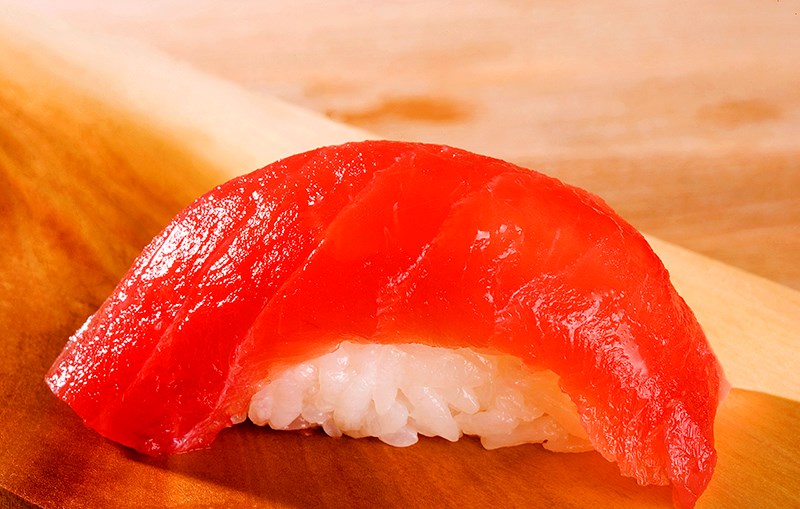I recently had a delightful trip to Newfoundland, where we enjoyed exploring scenic rocky headlands and berry-filled bogs. Certainly, this province has a fascinating past, with many small outport villages still inhabited by the descendants of the settlers who emigrated there hundreds of years ago from Ireland.
I was also looking forward to dining on Atlantic seafood. My travelling companions were shocked to learn all the available Atlantic salmon now comes from commercial farms. These days, it is only the rare river in the Maritimes that still supports wild Atlantic salmon.
This was a poignant reminder to me that we must do all that we can in B.C. to protect our wild Pacific salmon stocks as we celebrate World Rivers Day this Sunday.
Despite the lack of a commercial fishery for cod ever since over-fishing caused a dramatic crash in their population and fishing closure in 1992, cod was a common item in Newfoundland restaurants. That’s because the government allows local fishers to catch limited amounts of cod in a “sentinel” fishery for personal use and to supply local restaurants.
But while dining at an especially fine restaurant in Quidi Vidi, I was shocked to see bluefin tuna as a special item on the menu. Atlantic bluefin tuna is one of the most critically endangered fish in the world. With almost no wild Atlantic salmon and only a few (and very small) Atlantic cod left in the ocean, why on Earth is Fisheries and Oceans Canada still allowing the harvest of bluefin tuna? In the words of Pete Seeger, “When will they ever learn?”
I must admit my profound dismay did not deter most of my dining companions from ordering the bluefin. In fact, the arrival of this tuna on a fishing vessel in Quidi Vidi harbour was the talk of the town on this particular day.
The chef of the restaurant had filleted the 150 kg fish and left the tail on display in his yard across the road from the restaurant.
Tuna are one of the top predators in the world’s oceans. Bluefin, the largest and most spectacular of all, consist of three closely related species found in the Pacific, Atlantic and southern oceans. Everywhere, they are now considered to be species at risk. This is due in large part to their high value for the Japanese fisheries for use in preparing sashimi and sushi. At one point in 2013, when it appeared bluefin tuna were vanishing, the price of their flesh rose to a record $7,000 per kg.
Bluefin tuna are truly magnificent. Unlike most fish, they are warm-blooded, which means their flesh is a bright, strawberry red. Being warm-blooded, they are exceptionally strong swimmers capable of attaining speeds approaching 80 km/h, diving to great depths or crossing the ocean in only a few days. In the Atlantic, bluefin tuna spawn in warm waters such as the Gulf of Mexico or the Mediterranean Sea. They arrive in waters off the Canadian coast in early summer and stay until fall.
For many years, bluefin were a favourite target for big-game sports fishers because of their ability to fight for many hours on a line. In the early years, their red flesh was not considered palatable, which meant the tuna, once caught and photographed, were usually sold for pet food.
Once their fatty meat was discovered by the Japanese to be so delicious, the hunt was truly on and bluefin tuna numbers quickly diminished. Concerns were first raised about the disappearing Atlantic tuna in the 1950s by research scientists at Woods Hole in Cape Cod.
In the 1970s, an International Commission to Conserve Atlantic Tuna (ICCAT) was convened to sustainably regulate their harvest. Many scientists feel ICCAT has been ineffective at implementing the strong actions now needed to protect this tuna. Bluefin populations continue to decrease and are thought to be now less than 5% of their pre-fishing population.
In Canada, we have a committee of appointed scientists that evaluates species at risk. In 2011, this committee urgently recommended the federal government add Atlantic bluefin tuna to our Species at Risk Act in the category of “endangered.” If tuna had been added to this list as recommended, fishing in Canada would have been immediately halted.
Sadly, for the past four years, the Stephen Harper government has ignored this recommendation (as well as many other recommendations) of its scientists and has refused to list Atlantic bluefin tuna as an endangered species. What’s worse, the Harper government has successfully urged ICCAT to increase the amount of allowed bluefin tuna harvest.
The failure of this government to take effective actions to protect an endangered species is the sole reason bluefin tuna appeared as a menu item at the restaurant where we dined earlier this month in Newfoundland. I am overwhelmingly disenchanted with a federal government that ignores the wise recommendations of its scientists and works to undermine international initiatives to protect species at risk.
This incident served as a good reminder that, thanks to the outstanding efforts of many people, we still have much to celebrate on our Pacific coast with its healthier fish populations.
This Sunday, the Burke Mountain Naturalists along with other stream stewards will celebrate World Rivers Day at Port Coquitlam’s River and Trails Festival at Lions Park. See you there.
--Elaine Golds is a Port Moody environmentalist who is conservation/education chair of the Burke Mountain Naturalists and member of the boards of the Colony Farm Park Association and the Port Moody Ecological Society.



